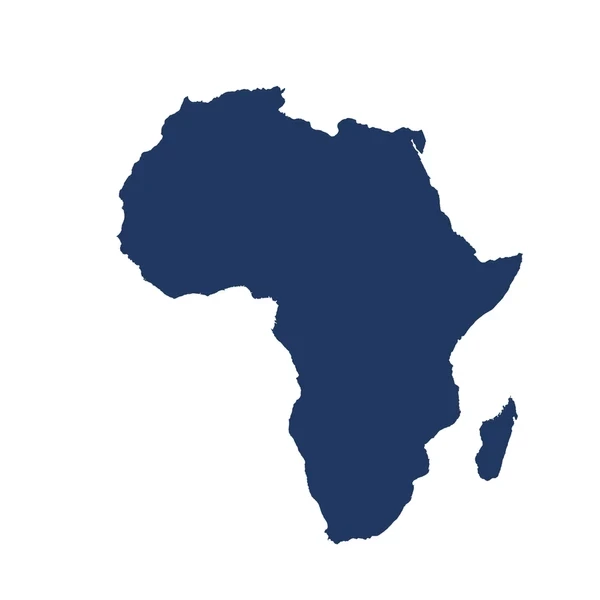
Drought has become an increasingly common and severe challenge in Zimbabwe, particularly in the southern and western regions such as Matabeleland and Masvingo.
With climate change intensifying weather patterns, some areas now experience prolonged dry spells and receive little to no rainfall for months.
For communities in these regions, conserving water and preserving soil moisture has moved from being a seasonal concern to a matter of survival.
In such contexts, both innovative and traditional water management strategies are essential not just to maintain livelihoods, but to secure food security and prevent forced migration due to land degradation.
One of the most critical responses to water scarcity is water conservation. In areas receiving little rainfall, every drop of water must be preserved and used efficiently.
Rainwater harvesting is one of the most practical and accessible strategies.
Even in low-rainfall areas, short bursts of rain do occur. Rooftop rainwater harvesting systems, where rainwater is collected from rooftops and stored in tanks or underground reservoirs, can significantly improve household water security.
Community-based harvesting from public buildings such as schools and clinics can support larger water needs.
- Environmental justice: Think big, start small
- Irrigation panacea to droughts: Haritatos
- News in depth: Slain Moreblessing Ali’s family fears cover-up as children are forced into hiding
- 60% of Zim has never known electricity
Keep Reading
Additionally, building earth dams and small ponds to catch runoff water during occasional storms provides a crucial buffer during dry spells.
These methods are not capital-intensive and can be supported by government programs or NGOs working in rural development.
Beyond harvesting, water recycling is another method that drought-prone communities in Zimbabwe can embrace.
Greywater — the relatively clean waste water from baths, sinks, and washing machines — can be reused for purposes like irrigation, flushing toilets, or cleaning.
While widespread adoption of greywater systems in rural areas is still limited, low-cost solutions like constructed wetlands or sand filters can help purify water to a level suitable for use in agriculture.
This approach not only conserves fresh water but also ensures the sustainable use of limited resources.
Drip irrigation is another method that has proven effective in minimizing water waste while supporting farming activities.
Unlike traditional irrigation methods, such as flooding fields or using open canals, drip systems deliver water directly to the roots of plants in small, consistent amounts.
This not only reduces evaporation losses but also helps prevent overwatering, which can damage crops.
In Zimbabwe, organisations such as the Food and Agriculture Organisation (FAO) have piloted drip irrigation schemes with considerable success in arid communities.
However, the cost of these systems can be prohibitive for many smallholder farmers, which underscores the need for governmental support and affordable technology dissemination.
Another sustainable practice gaining ground in Zimbabwe is the use of “Zai pits,” a traditional West African technique adapted for Zimbabwean conditions.
Farmers dig small holes in which they place compost or manure, and then plant seeds. The pits collect and retain water, significantly improving germination and crop yield even in poor rainfall seasons.
This method is particularly suitable for small plots of land and can be implemented with minimal tools and materials, making it ideal for rural households with limited resources.
Mulching is another simple yet powerful technique to preserve soil moisture. By covering the soil with organic material such as grass, leaves, or crop residues, farmers can reduce evaporation, suppress weeds, and improve soil fertility over time.
In Zimbabwe’s dry regions, where the sun is harsh and soil erosion is a constant threat, mulching also protects the land from the damaging effects of wind and rain when it does fall.
Educating farmers on the benefits of using what would otherwise be waste materials to protect their land can lead to widespread adoption of this technique.
Agroforestry is another approach that is slowly gaining traction in Zimbabwe, particularly among climate-smart agriculture advocates.
Planting trees alongside crops can create microclimates that help reduce soil temperature and conserve moisture.
Trees such as Faidherbiaalbida, which lose their leaves during the rainy season and regain them during the dry season, are particularly beneficial.
Their fallen leaves improve soil organic matter while allowing crops to receive full sunlight during the growing season.
Moreover, tree roots improve soil structure, enabling it to retain water for longer periods.
Soil moisture retention can also be improved through the application of compost and organic manure.
These enrich the soil with nutrients and enhance its capacity to hold water.
In areas such as Mwenezi or Beitbridge, where soils are often sandy and poor in organic matter, using compost can dramatically transform agricultural productivity.
Encouraging composting at both household and community levels is an affordable, scalable solution for Zimbabwean farmers.
Equally important is education and community mobilisation.
Awareness campaigns on climate-resilient farming practices, facilitated by extension officers or through radio programs in local languages, can empower rural populations to take ownership of their water and land resources.
Schools and churches can also play a pivotal role in promoting water conservation practices as part of a broader environmental stewardship program.
Government policy also plays a decisive role. In recent years, the Zimbabwean government has made moves to promote climate-smart agriculture and water harvesting, but more sustained efforts are needed.
Providing subsidies for water-saving technologies, facilitating microloans for rural farmers, and investing in rural infrastructure like dams and irrigation networks can help turn policy into practice.
Partnerships with NGOs, development agencies, and private sector players can further scale up successful models.
Zimbabwe’s drought-prone areas face enormous challenges, but they are not without solutions. With the right combination of traditional knowledge, modern technology, and supportive policies, water conservation and soil moisture retention are achievable goals.
By investing in low-cost, community-driven solutions and encouraging sustainable farming methods, the country can build resilience in its most vulnerable regions.
Ultimately, the fight against drought is not just about adapting to nature’s challenges, but about empowering communities to thrive in spite of them.











